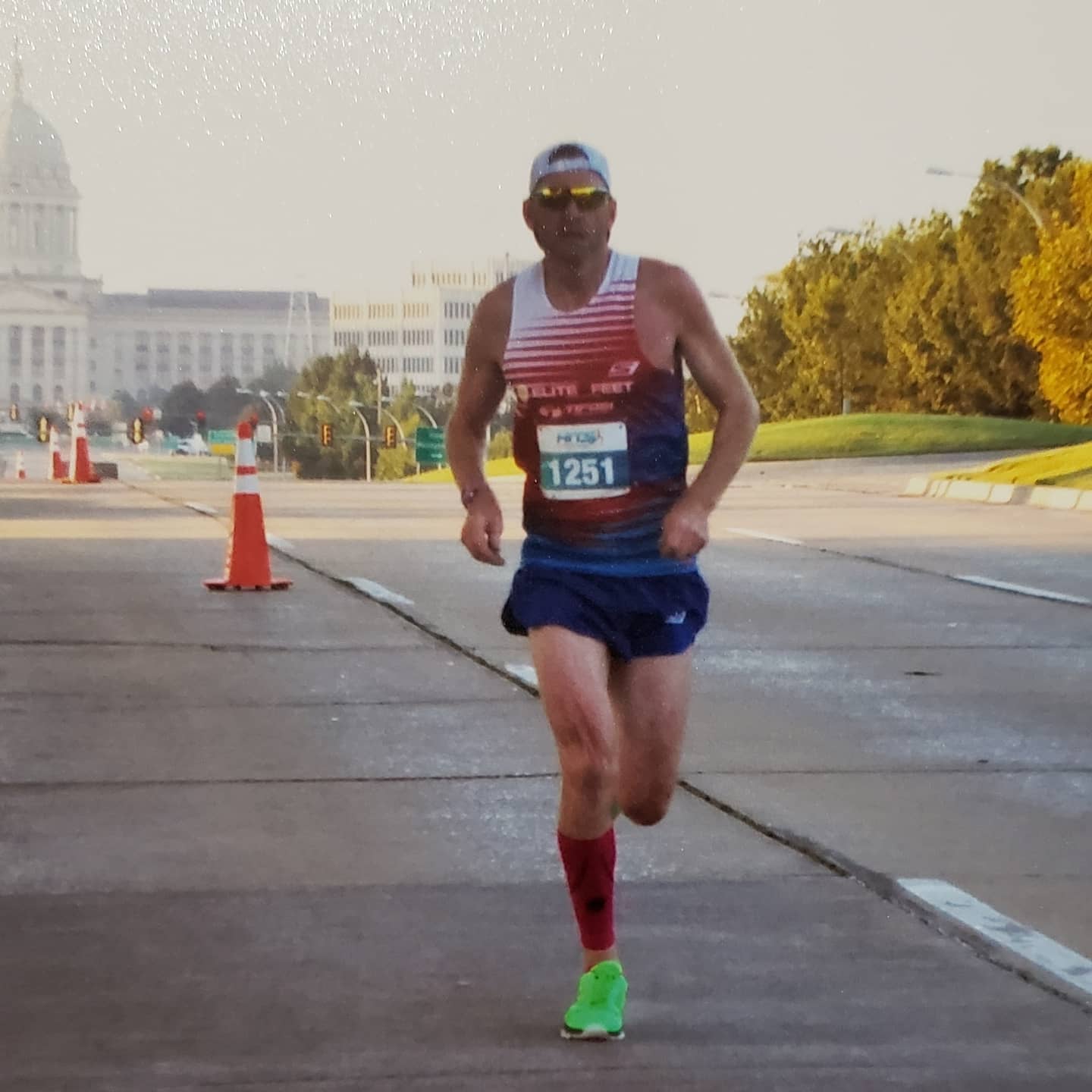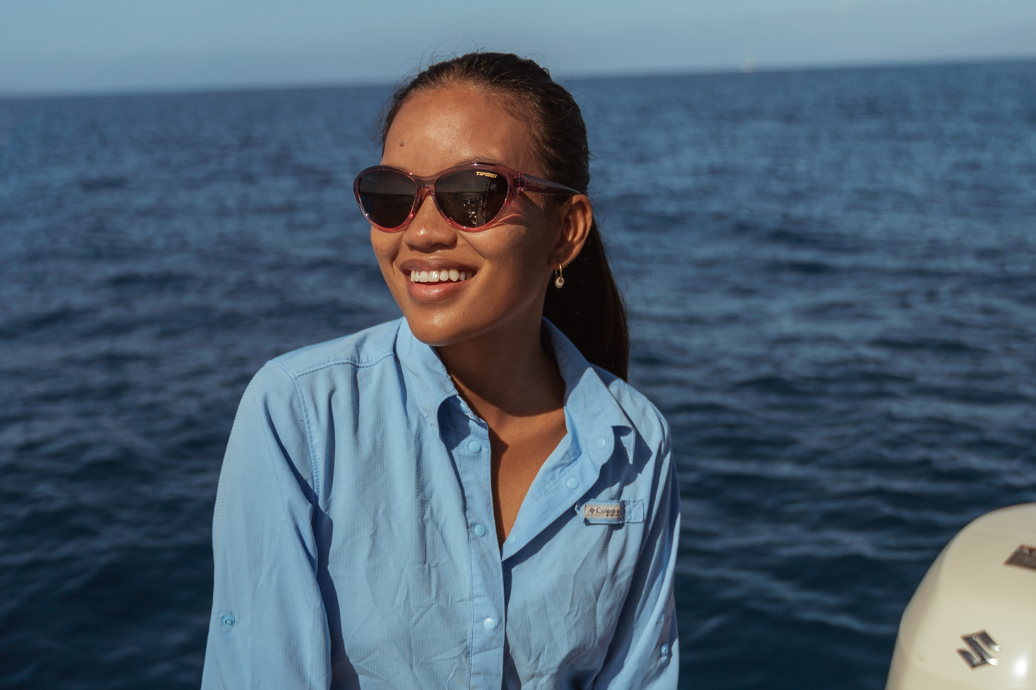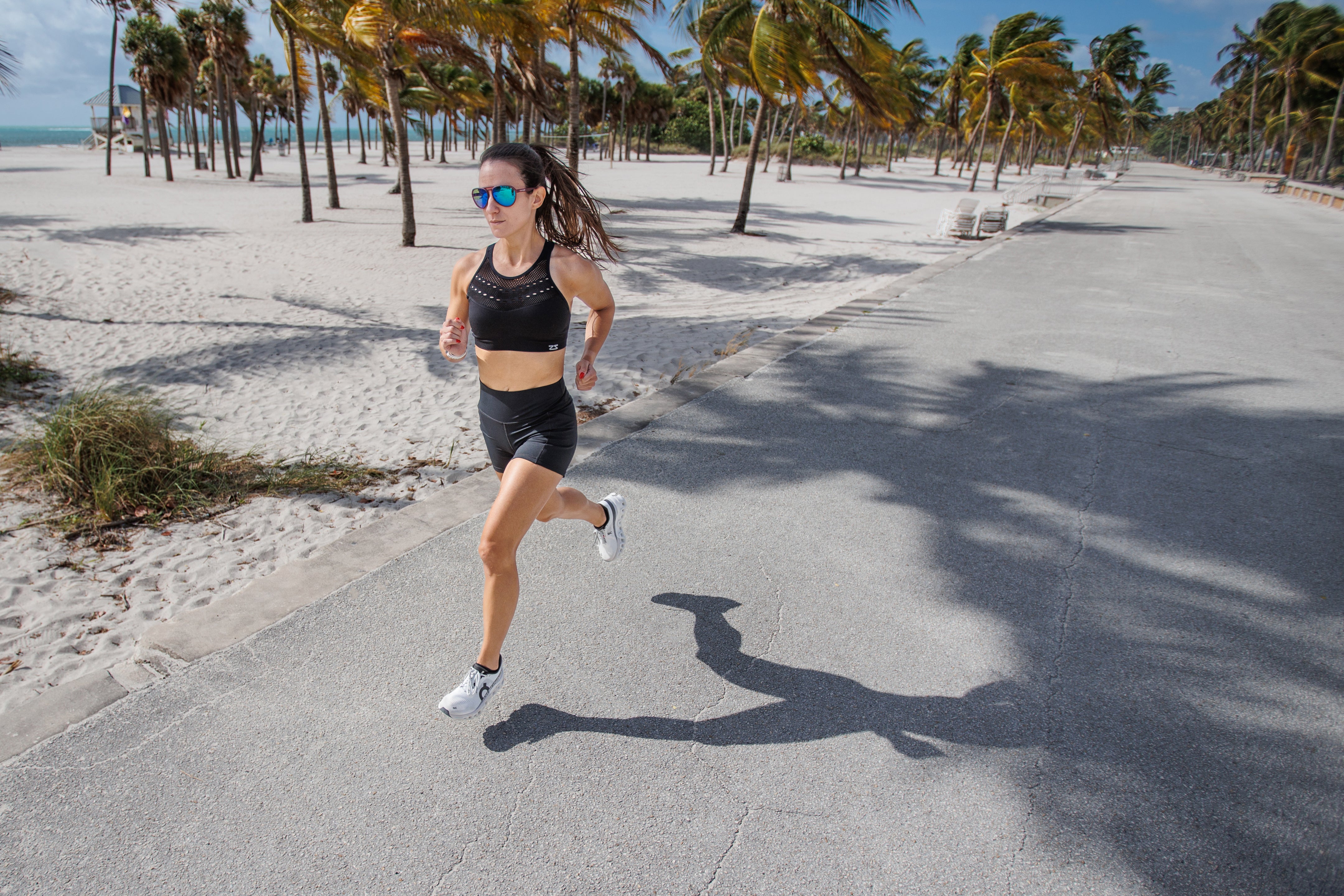Meet Jeff, an avid mountain runner and Tifosi Optics ambassador who has a passion for pushing his limits on some of the most challenging peaks. This summer, Jeff has set his sights on Boundary Peak, Nevada's highest point, embracing the thrill of high-altitude adventure. With a background rich in both athletic and coaching achievements, Jeff's journey from conquering tough14ers to inspiring young athletes is nothing short of extraordinary. In this interview, he shares his preparation strategies, memorable experiences, and the profound impact of his late best friend and running partner, Fred Zalokar, on his pursuits. Join us as we dive into Jeff's motivations, training regimen, and the unique blend of passion and dedication that drives his mountain running endeavors.

What Inspired You to Choose Boundary Peak for Your Mountain Run This Summer?
Boundary Peak stands as the highest peak in Nevada, making it an irresistible challenge for any mountain runner. Although I typically focus on running and climbing 14ers, the allure of conquering the highest point in Nevada drew me in. It may not be a 14er, but its prominence and significance in the state make it a worthy pursuit.
How Are You Preparing for the Boundary Peak Run, and What Challenges Do You Anticipate?
Preparation for Boundary Peak is a year-long commitment for me. I maintain my readiness by consistently running and riding my Stand-Up bike. Living above 6700 feet provides a natural training advantage, as every run or ride I undertake is excellent preparation for most mountain challenges. The main challenge of this mountain is the speed of the ascent. Although it isn’t a technical climb, its elevation gain of over 4000 feet in just over 3.5 miles demands a fast, efficient effort.
Can You Share Any Specific Strategies or Techniques You Use to Achieve a Fastest Known Time (FKT) on Such Climbs?
Achieving an FKT is all about preparation and familiarity with the routes and conditions. I make sure to study landmarks and stay on course as much as possible. Knowing the terrain and having a mental map of the trail are crucial for minimizing any time lost due to navigation errors.

How Has the Transition from Coaching at a Small School to a Large School Been for You?
After two years of coaching at a small school, an opportunity arose to coach at a larger school where we occasionally trained. The transition shouldn’t be too challenging since I already know many of the students and have good relationships with the current coaching staff.
What Differences Have You Noticed in Terms of Team Dynamics and Training Approaches Between the Small and Large Schools?
I haven’t started yet, so I can’t comment on the differences in team dynamics and training approaches. However, I am looking forward to leveraging my experience to benefit the new team.
How Are You Planning to Leverage Your Experience to Benefit Your New Team in Cross Country and Track and Field?
My experience and personal achievements will guide these students to work hard, enjoy running, and have fun. I share this mindset with the current coaches, who are also accomplished athletes. Together, we aim to create an environment that fosters both athletic and personal growth.
What Motivates You to Undertake a Mountain Run for Time Every Summer?
My motivation is simple: to see how fast I can complete the run and get back home. My best friend Fred introduced me to mountain running and climbing in 2004, and it quickly became a passion. Our adventures together pushed me to improve and keep up with him, which laid the foundation for my current pursuits.
Can You Share Some Memorable Experiences from Your Previous FKT Attempts, Like the One on Mt. Tom or Mt. Whitney?
One of my most memorable experiences was on Mt. Tom. It was the last mountain Fred and I discussed before he passed away. I climbed it on the anniversary of his death, completing the ascent and descent in 6 hours and 23 minutes, with 7000 feet of gain over nearly 16 miles. It was my first solo climb, and the solitude was profound. On the descent, I was caught in a downpour and had to take shelter under a rock for 45 minutes, with thunder rumbling at 13,000 feet—a truly unforgettable experience.
Another memorable climb was Mt. Whitney. Fred and I aimed to summit and return in time to drive back to Reno for an OU football game. We started at 4 AM, reached the summit by 7:30 AM, and returned to the car by 10 AM. The total time was just under 5.5 hours for the 22-mile round trip. I plan to return to Mt. Whitney, either alone or with a running buddy, to improve on our time.
How Has the Loss of Your Best Friend Fred Zalokar Impacted Your Mountain Running Pursuits?
Fred’s passing has significantly impacted my interest in mountain climbing. He was the reason I pursued it, and without him, the motivation has waned. I now focus on mountain runs that I can complete quickly, avoiding longer, more uncertain adventures. Fred was my trail guide, the person I trusted implicitly in the outdoors. His legacy as a world-renowned runner and climber, who ran marathons on all seven continents and won his age group in all seven World Marathon Majors, continues to inspire me. But it’s painful to think about and never be able to talk or run with him again.
Living at 6700' Near Virginia City, How Does High-Altitude Training Influence Your Performance?
Training at high altitude is a significant advantage. Living near Historic Virginia City, NV, offers the perfect setting for altitude training. The challenging terrain and lack of oxygen push my limits, enhancing my performance when I compete at lower elevations.
What Are Some Key Benefits and Challenges of Training in Such an Environment?
The key benefits include enhanced altitude training and the availability of miles of dirt roads, which minimize impact and boost endurance. The main challenge is the constant feeling of running uphill both ways, reminiscent of the old days when everything seemed uphill!
Do You Have Any Advice for Athletes Looking to Incorporate High-Altitude Training into Their Regimen?
For those not living at high altitude, planning is crucial. While I don’t experience negative effects up to 15,000 feet, many people from lower elevations feel the impact at around 6,000 feet. Take your time, stay hydrated, and listen to your body. As Yoda said, "Do or do not, there is no try!"
Looking Back, What Are Some of Your Proudest Moments in Your Running and Coaching Career?
One of my proudest running achievements was my best marathon time of 2:28 in 2009. I also placed second overall at the Disneyland Half Marathon and finished in the top 15 at the Disney World Marathon in 2015. Transitioning to Spartan racing, I won the Non-Pro Elite Division at the 2015 World Championships at Squaw Valley and continued to excel until 2019, earning multiple podiums and a spot in the Spartan 300.
As a coach, my proudest moments include the seven individual state championships our students won at the small school. The relationships I’ve built with the students and the impact I’ve had on their lives are incredibly rewarding.
What Are Your Long-Term Goals, Both as an Athlete and a Coach?
My long-term athletic goals are to stay active and, if time permits, return to high-level competition. As a coach, my goal is to positively impact as many students as possible, guiding them to enjoy running and achieve their best.
How Do You Envision Your Future in Mountain Running and Competitive Coaching?
I see mountain running as a personal endeavor, something I do for myself. Whether it’s a 10-mile run up a summit or a Rim-to-Rim at the Grand Canyon, I’ll pursue what feels right. In coaching, I aim to help students reach their highest potential while ensuring they have fun. If they’re not enjoying it, then something needs to change.
How Do You Balance Your Rigorous Training Schedule with Family Life?
Currently, training has taken a back seat due to our recent house purchase in the mountains, which consumes most of our spare time. However, I still find time for runs, rides, or playing basketball—the sport I played in college.
What Role Does Your Family Play in Supporting Your Athletic and Coaching Endeavors?
My family is my greatest support system. My wife of 21 years has been incredibly supportive of everything I do. Our sons inspire and motivate me, and I strive to be a good example for them.
Do Your Sons Show Any Interest in Running or Biking, and How Do You Encourage Them to Stay Active?
Yes, our 15-year-old son runs cross country, excels in long and triple jump, and is a talented basketball player. Our 9-year-old loves running and being active but hasn’t shown an interest in competing yet. He prefers to run around and be silly but is extremely smart (he gets that from his mom!).
Jeff's story shows the power of passion, dedication, and the influence of meaningful relationships. From climbing high peaks to coaching young athletes, his journey combines personal achievement with heartfelt mentorship. As he continues to reach new heights and inspire others, Jeff embodies perseverance and the impact of a supportive community. His adventures, both on the trails and as a coach, remind us of our limitless potential when driven by determination and a sense of adventure





